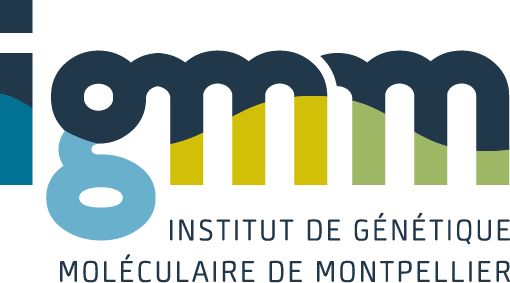Almost all protein-coding genes are spliced and their majority is alternatively spliced. Alternative splicing is a key element in eukaryotic gene expression that increases the coding capacity of the human genome and an increasing number of examples illustrates that the selection of wrong splice sites causes human disease. A fine-tuned balance of factors regulates splice site selection. Here, we discuss well-studied examples that show how a disturbance of this balance can cause human disease. The rapidly emerging knowledge of splicing regulation now allows the development of treatment options.
Alternative splicing and disease
Tazi, J.; Bakkour, N.; Stamm, S.
2009
Biochim Biophys Acta
2009-01 / vol 1792 / pages 14-26
Abstract
10.1016/j.bbadis.2008.09.017 S0925-4439(08)00193-2 [pii]
0006-3002 (Print) 0006-3002 (Linking)
Tags
Female; Animals; Signal Transduction; Male; Molecular Sequence Data; Models, Genetic; Base Sequence; Progeria/genetics; Nucleic Acid Conformation; *Alternative Splicing; Spliceosomes/metabolism; Disease/*genetics; Dysautonomia, Familial/genetics; Exons; Hyperlipoproteinemia Type II/genetics; Muscular Atrophy, Spinal/genetics; Neoplasms/genetics; RNA Precursors/chemistry/genetics/metabolism; RNA, Small Nucleolar/genetics/metabolism; Tauopathies/genetics
